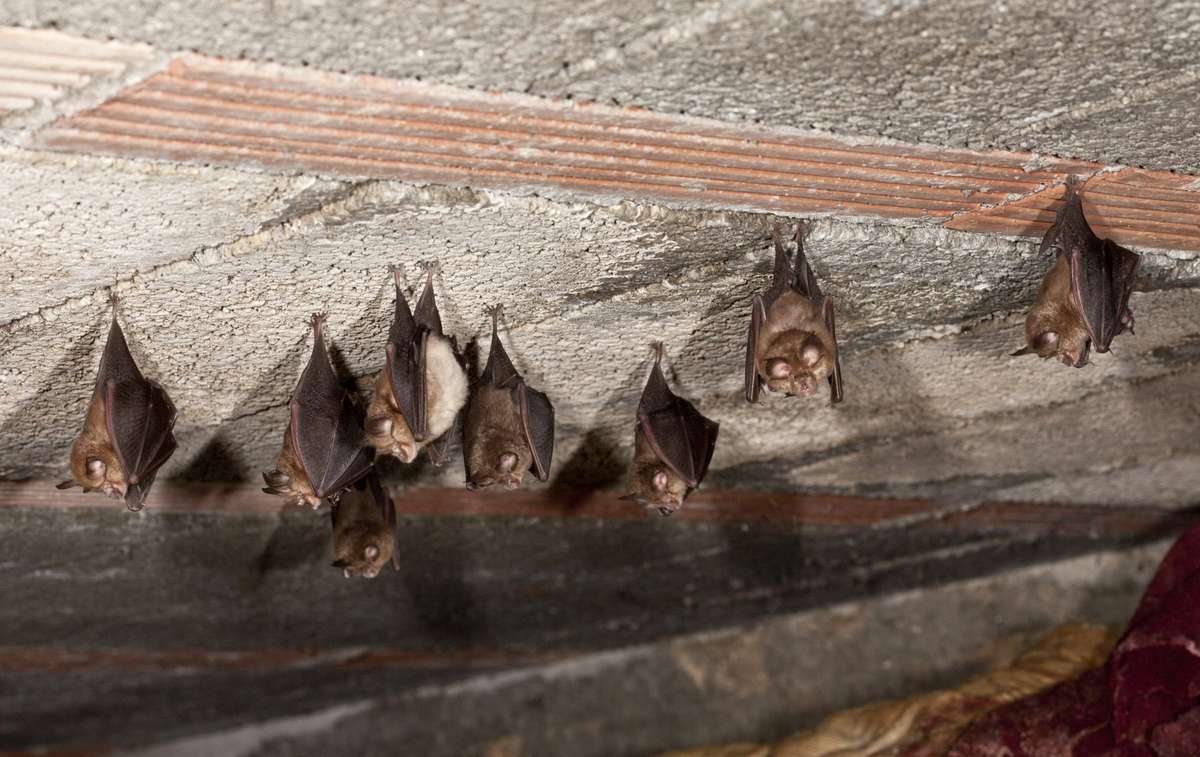If you haven't seen the viral video of an Irish family trying to capture a bat in their home, stop everything you're doing and hit play. Right now.
The crazy-desperate bat-catching attempt in the video made us wonder what you're really supposed to do if a bat flies loose in your own house. So we reached out to a bat-control expert to learn the appropriate protocol. Spoiler: it doesn't involve yelling "Catch him, Derry!" in your most authentic Irish accent.
RELATED: 15 Tips for Avoiding Hotel Bedbugs
For starters, screaming and chasing a loose bat won't get you anywhere. "The best thing is to do is keep calm and let it land," Terri Seitz, a licensed wildlife control specialist and co-owner of Seitz Wildlife Services in Drexel Hill, Pennsylvania, tells Health.
Once it's no longer airborne, try to trap the critter in your hands while wearing leather gloves, or catch him with a net. (The towel Derry used in the video won't suffice.) Seitz suggests putting the bat in a Tupperware container or box and then setting it free outside.
If the little guy refuses to land, shut the doors in the room where he's flying around like a bat out of . . . you know. Seitz suggests turning off the lights, which creates a calm environment for the bat, so it can settle down and find its way out. Opening windows in the room provides a safe exit.
RELATED: 4 Things You Need to Do If You Get a Tick Bite
"The main thing is helping it escape, since if it gets lost in the main part of the house, you may not be able to find it at all," explains Seitz. She notes that any hole or space in your home where you can fit two fingers into is large enough for a bat to enter and hide. That's why most bats enter houses through open chimney flues or attics.
So when is it time to call a pro? If the bat does find its way into the main part of your home, or you have frequent bat visitors. Bat exclusion businesses like Seitz's specialize in determining where the bat or bats entered your living quarters, how to seal it off, and then safely remove the animals using exclusion devices like tubes.
In the worst-case scenario, the pros may discover that your home is infested with a bat colony. If bat colonies return year after year to the space, bat feces can damage to your home, emit odors, and release mold spores that contribute to a lung infection, says Seitz.
If you're bitten or scratched by a loose bat you're trying to corral, you should ideally take the critter to a facility for rabies testing. If the bat tests positive, or if you were unable to catch it, you should also be tested for rabies and given the rabies inoculation. Immediately following a bat bite, the Centers for Disease Control recommends washing the area with soap and water and then seeking medical attention.
It's important to note that people who haven't been bitten can still get rabies from an infected bat. "In addition, people can get rabies from having contact with bat guano (feces), blood, or urine, or from touching a bat on its fur," says the CDC.
Most importantly, no matter how frustrated you are to see a bat flapping around your dining room chandelier, never try to kill one. These little guys are protected by law in most states, as they help keep the ecosystems balanced by pollinating fruits and feasting on pesky insects like mosquitoes.
